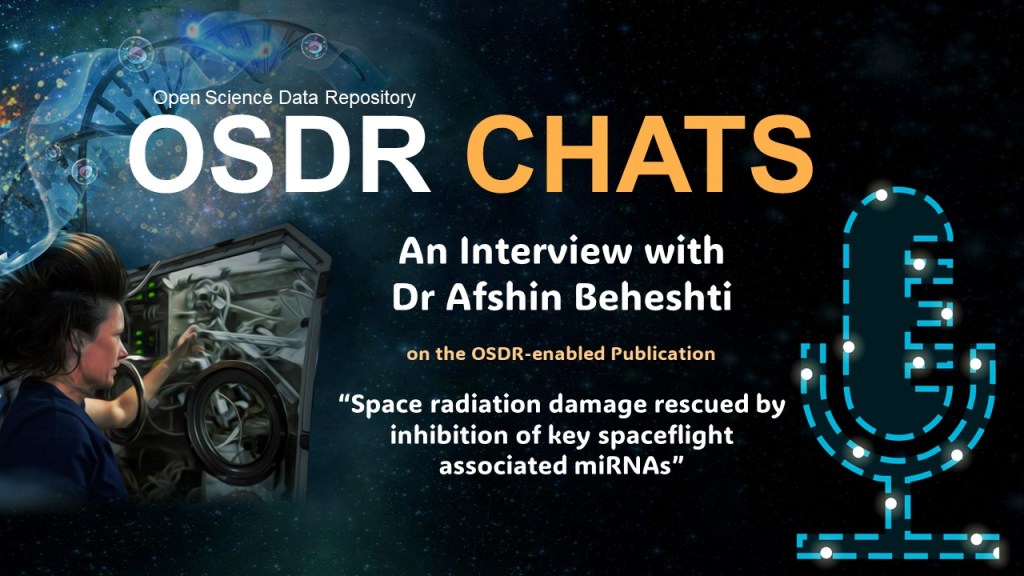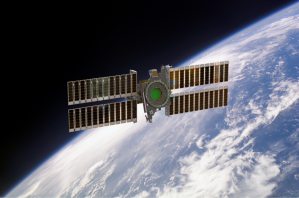JPL Universe
Deep Space 1, JPL's successful mission to test 12 advanced technologies in deep space to lower the cost and risk to future science-driven missions that use them for the first time, comes to an end Dec. 18.
Launched in October 1998, Deep Space 1 completed its primary mission in September 1999. An extended mission to fly by Comet Borrelly was achieved despite the loss of DS1's star tracker-which helps determine the spacecraft's orientation-on Sept. 22, 2001, providing researchers the best-resolution of the comet to date.
Project Manager Dr. Marc Rayman reflects on "the little spacecraft that could" and the legacies it will leave.
Marc Rayman:
I remember when my grandfather died at an old age, a friend of mine from China said, "Oh, you should be happy." I immediately understood: rather than being sad he died I was happy he had lived so long. So I suppose I have the same feeling with Deep Space 1. While there certainly are sad feelings saying goodbye to this extension of ourselves, this event underscores what a wonderful mission it was. I'm not sad it's ending, I'm happy it accomplished so much! And the mission ends on our terms, with a graceful and planned termination after all objectives are complete.
I think we were able to accomplish so much because we had a small but extraordinarily capable and dedicated team. And I wouldn't exclude the star tracker problem from that. Indeed, the recovery from the loss of the star tracker was one of our finest accomplishments. With a small team we had the agility to respond quickly and efficiently. Our careful evaluation and acceptance (not avoidance) of risk allowed us to have a very productive mission.
As I wrote in my most recent mission log (http://nmp/ds1/mrlog.html) with respect to the comet encounter, "With a small team and a very complex mission, too often we found ourselves having to choose which problems we would penetrate. For the others, it generally became necessary to go with our best estimate through a combination of specific and limited technical information and a strong dose of human judgment. But what if we had made a wrong choice in which areas to focus our greatest attention, or what if the less well considered decisions proved to be wrong in an important way? Well, in that case, I wouldn't be writing about the jubilation that followed a truly flawless encounter."
Indeed, the mission accomplished far more than I ever expected. I did not even anticipate that we would be able to test all 12 technologies in the primary mission. That is a large payload, and it required a tremendous amount of work to put them through their paces.
Many times I thought that if the mission ended then, we could all be proud and happy with the results: Accomplishing NASA's "minimum mission success" criteria (defined before launch), accomplishing and then surpassing the complete mission success criteria, recovering from the loss of the star tracker, etc. At each stage, we kept going and the team's pride and sense of accomplishment only increased.
I think there are several legacies of Deep Space 1. Because of Deep Space 1's technology testing, many future missions that would have been unaffordable or even impossible now are feasible. I think that the results of the mission can contribute to a future with more frequent, affordable, capable, and exciting space and Earth science missions. Indeed, I've always maintained that the real science return from Deep Space 1 is in the future missions that are enabled by the technologies we tested.
Deep Space 1 took the risks to reduce the cost and risks of future missions. Still, there is a more immediate scientific legacy from the bonus comet encounter. We learned a great deal about comets with the encounter, and the fantastically rich science data from Borrelly will be the basis for much of the scientific work on comets for years to come. In addition, there are now many comet missions in flight or in development (Stardust, Contour, Deep Impact and Rosetta) that will benefit from our experience.
I think the mission inspired many people who saw it as JPL and NASA at our best-bold, exciting, resourceful and productive.


































